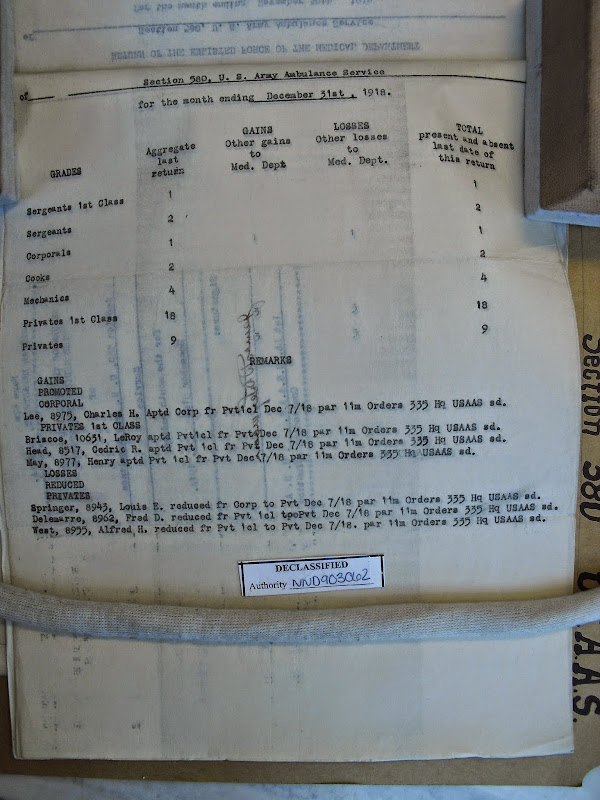Latest genetic tests reveal another break in the male line, potentially undermining the legitimacy of the entire House of Plantagenet.
 |
| A painting of King Richard III by an unknown artist from the 16th Century Photograph: NEIL HALL/Reuters |
When scientists revealed last year that an adulterous affair had apparently broken the male line in Richard III’s family tree, they vowed to investigate further.
But rather than clear up the mystery, their latest genetic tests have uncovered evidence of another royal sex scandal. This time, the indiscretion could potentially undermine the legitimacy of the entire House of Plantagenet.
The skeleton of Richard III, the last Plantagenet king, was discovered under a car park in Leicester in 2012. His identity was confirmed through his mitochondrial DNA, passed down through the maternal line from his sister to two relatives alive today.
But further DNA tests soon uncovered evidence of a family secret. It emerged when researchers at Leicester University compared the Y chromosomes of Richard III and five anonymous male relatives of Henry Somerset (1744-1803), who claim descent from Edward III, the great great grandfather of Richard III.
Since the Y chromosome is passed down from father to son, it should look the same in the descendants of Henry Somerset, the 5th Duke of Beaufort, and Richard III. But genetic tests found no sign of a match. Somewhere in the family between Richard III and the Somersets, at least one man had been cuckolded.
Speaking at the Science Museum in London on Wednesday, Turi King, a geneticist working on the case, revealed her team’s latest attempt to get to the bottom of the mystery. A man called Patrice de Warren, who lives in France, had come forward for genetic testing. He could trace his male line back to Richard III through the illegitimate son of Geoffrey, Count of Anjou (1113 - 1151).
King knew that if de Warren’s Y chromosome matched that of Henry Somerset’s, then the affair that broke the male line must have occurred between Edward III and Richard III. But if his Y chromosome matched Richard III’s, the male line was broken between Edward III and the Somersets.
The test result found neither. “De Warren’s Y chromosome doesn’t match Richard III or Henry Somerset, so somewhere along the line there’s been another false paternity event,” King told the Guardian. “It’s opened up the mystery even further.” Since the false paternity rate is around 1-2% in any generation, she said the result was not particularly surprising.
For all the scientists know, Patrice de Warren carries the ‘true’ Plantagenet Y chromosome, and those found in Richard III and the extended family of Henry Somerset were inherited from another man. “The problem is that we cannot say where the break occurs. All it tells us is that we have to keep looking, and that is what we are doing,” said Kevin Schürer, a genealogy expert at Leicester who is working on the case.
More likely than not, the freshly-discovered break in the male line occurred in the 22 generations that separate Patrice de Warren from Geoffrey, Count of Anjou. But if that branch of the tree is found to be intact, the consequences for the monarchy’s history become far more intriguing.
“If that turned out to be the case, and this is pure speculation, then there must have been a break between the Count of Anjou and Richard III. Which means that before we raise questions about the legitimacy of the Yorkist kings and the Lancastrian kings, there are questions higher up the line, raising doubts about nearly all of the Plantagenets,” said Schürer.
The latest findings do not impact on the modern monarchy at all, says King, because there are so many twists and turns in the way the throne is handed over. But depending on where the breaks happened, they could recast a crucial period in the history of the monarchy, affecting the Stuarts, the Tudors and the Windsors.
The investigation is not over yet. Schürer and King now want to test the Y chromosomes of other de Warrens in the US and Australia, and men in the extended Duke of Beaufort family, an option that has clear advantages over the alternative of exhuming lots of dead bodies and testing those. “The idea is to have a pincer movement and tackle it on a number of different fronts,” said Schürer. “We’re not going to give up the quest.”
The latest findings form part of a new exhibit at the Science Museum which describes the scientific discoveries around the life, death and DNA of King Richard III. The exhibit, which includes a 3D printed skeleton of the king, opens Wednesday, the day before the reinterment of his remains in Leicester.
I found this article at the Guardian,
here.
Ian Sample, science editor
@iansample
Wednesday 25 March 2015 16.15 EDT Last modified on Thursday 26 March 2015 07.18 EDT











